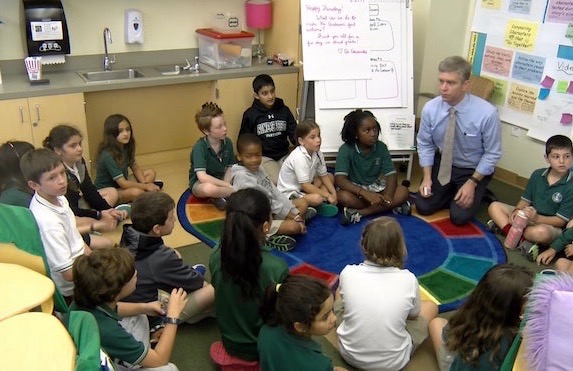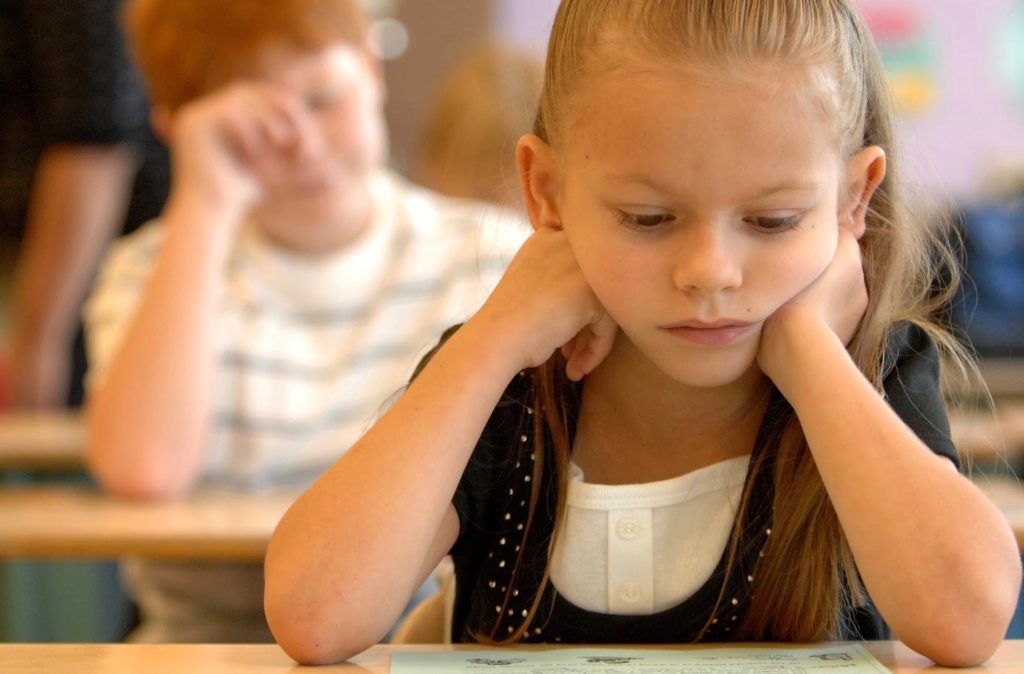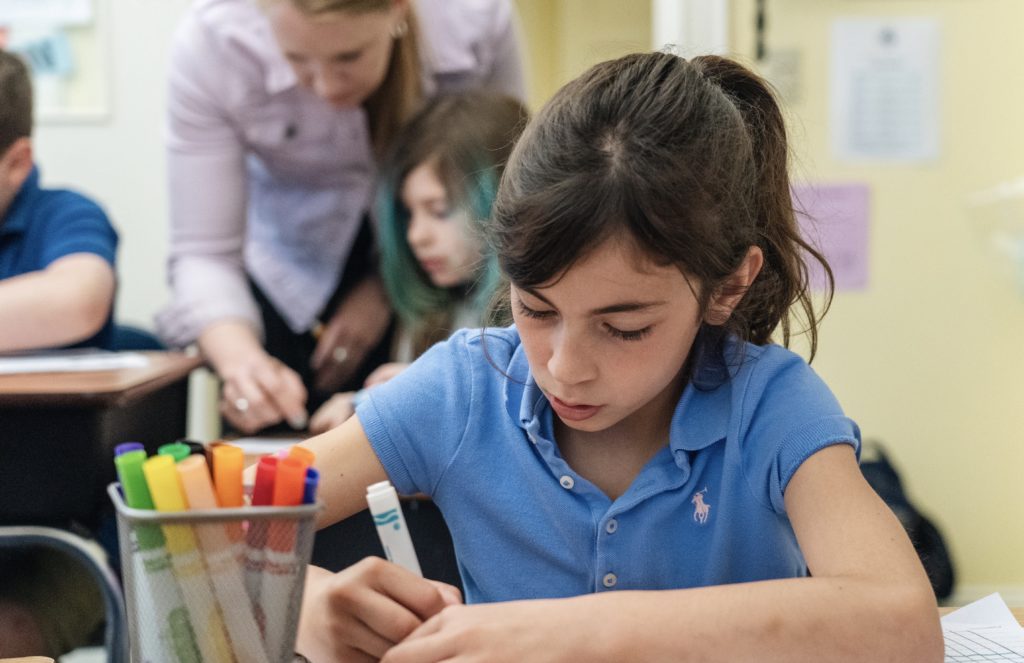Defining Social-Emotional Learning (SEL)
Social Emotional Learning (SEL) is “generally defined as the capacity to identify and manage emotions, resolve problems effectively, and establish healthy personal relationships” (Berman, 2016). When referring to SEL, there are five main skills included:
- Self-awareness
- Self-management
- Relationship skills
- Social awareness
- Responsible decision-making
Why Social-Emotional Skills?
According to a study by Beauchemin et al, students with learning disabilities often have higher levels of anxiety, more school-related stress, and less optimal social skills compared with their typically developing peers. More specifically, Rick Lavoie addresses a list of social-emotional challenges for students with learning differences in his article, “Social Competence and the Child with Learning Disabilities.”
This Landmark Outreach resource is the first in a series of Free Landmark Teaching Strategies that will focus on each of the components of social-emotional learning, as well as specific strategies for building this instruction into your classrooms. This initial overview will suggest research-based methods for incorporating SEL principles into schools and classrooms in a meaningful and structured way.
How is SEL a predictor of academic success?
Several studies and school reports have suggested that teaching social-emotional skills can have a variety of impacts on academic success. Overall, children who have strong social and emotional skills perform better in school, have more positive relationships with peers and adults, and have more positive emotional adjustment and mental health (Jones, 2012). Additionally, incidences of problem behaviors decrease and the climate of classrooms and schools changes for the better (Elias, 2006). Specifically, students’ attitudes improve in terms of motivation and commitment. Their behaviors in relation to attendance, study habits, and overall learning tend to increase, and their overall performance on assessments and mastery of curriculum improve, as well.
How Does This Connect to Landmark’s Teaching Principles™?
By implementing Social Emotional Learning instruction teachers will inherently adhere to Landmark’s first teaching principle: Provide Opportunities for Success. For the full text of Landmark Teaching Principles™, including “Provide Opportunities for Success,” click here.
References
Beauchemin, MSW. et al. (2008). Mindfulness Meditation May Lessen Anxiety, Promote Social Skills, and Improve Academic Performance Among Adolescents With Learning Disabilities. Complementary Health Practice Review: Vol. 13. 1. Retrieved from: http://journals.sagepub.com/doi/pdf/10.1177/1533210107311624
Berman, Louise. (2016). Social Emotional Learning. Retrieved from: http://www.wa-schoolcounselor.org/Files/Bermanwsca2016%20elementarycounselors.pdf
Elias, Maurice J. (2006). The Connection Between Academic and Social-Emotional Learning. Retrieved from: https://www.researchgate.net/publication/238658899_The_Connection_Between_Academic_and_Social_Emotional_Learning
Jones, Stephanie M. and Bouffard, Suzanne M. (2012). Social Policy Report: Social and Emotional Learning in Schools from Programs to Strategies. Society for Research in Child Development: Vol. 26. 4. Retrieved from: https://www.srcd.org/sites/default/files/documents/spr_264_final_2.pdf
Kagan, Spencer. Kagan Structures for Emotional Intelligence. San Clemente, CA: Kagan Publishing. Kagan Online Magazine, Fall 2001. Retrieved from:
https://www.kaganonline.com/free_articles/dr_spencer_kagan/278/Kagan-Structures-for-Emotional-Intell
igence



